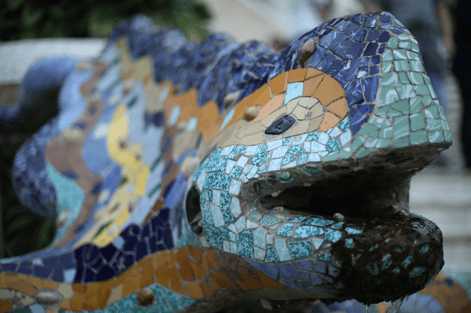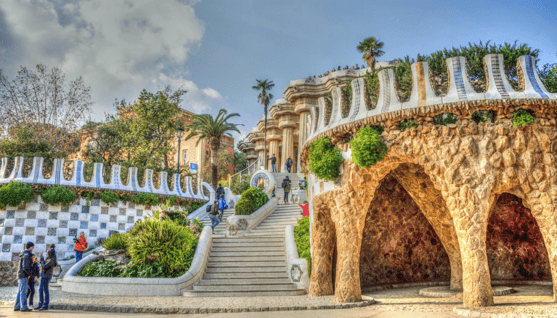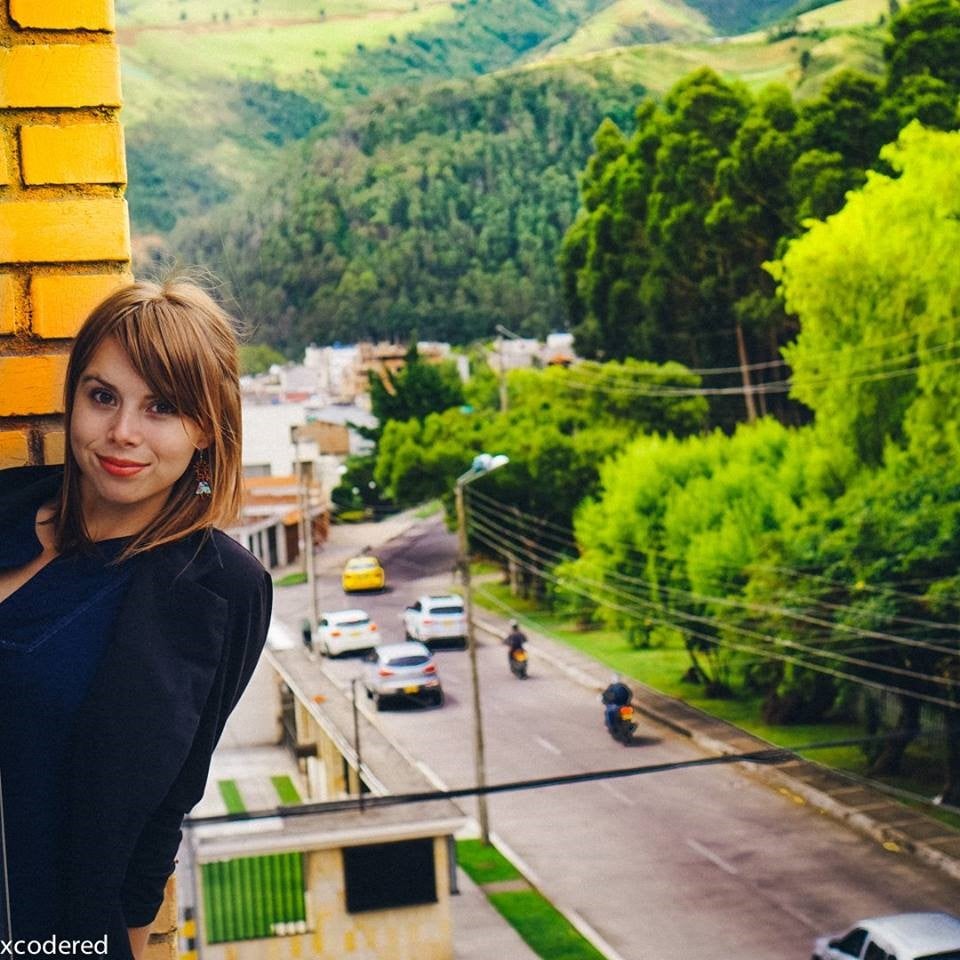Barcelona is an art-lover’s dream, in no small part thanks to Antoni Gaudí, one of Catalonia’s most famous artists of Modernism. He is known for creating many sites in Barcelona, most notably the unfinished Sagrada Familia. While construction is still in progress for the cathedral, there actually remains another somewhat unfinished project of Gaudí. Surprisingly, this is Park Güell, one of the most well-known and awe-inspiring parks in the world, and a UNESCO World Heritage Site. When long-time friend Eusebi Güell commissioned Gaudi to create Park Güell in 1899, he intended it to be a residential neighborhood with beautiful gardens, inspired by English Garden Cities, hence the English spelling of park in Park Güell. This project failed however due to poor location and unpopular leasing contracts, and construction stopped in 1914 on the onset of WWI. Only two houses of the intended sixty were built. After Eusebi Güell’s death in 1918, his heirs decided to sell the unfinished project to the city of Barcelona, and it opened in 1926 as a public park.
Blending Nature and Architecture
Antoni Gaudí can be considered one of the world’s first pioneers of the future field of biomimetics, which is architecture based on structures found in nature. This type of architecture is not only aesthetically pleasing, but provides functional benefits as well. Take Park Güell for example, which utilizes the curves of the mountains in its blueprint of winding roads, and also devises a system to accumulate rain water in order to sustain vegetation on a once barren land. When one steps into Park Güell, they are immediately struck by the irregular shapes inspired by nature, such as stone pillars in the shape of trees, bone-like columns, bright-tiled mosaics, and of course El Drac the famous lizard-looking dragon that greets you at the gates.
Biomimetics Art/Science Project for Students
Why not use Antoni Gaudí and one of his sites such as Park Güell or the Sagrada Familia as an introduction to a project in biomimetics? Have students design and even create a diorama of a building inspired by nature. For more advanced students, have them explain the functional benefit of the natural structures they chose to incorporate into their building. For example; because Gaudí’s columns mimicked the structure of trees they were very strong, resulting in less material being needed.
Benefits of an Interdisciplinary Project
Research has repeatedly shown that an interdisciplinary approach to teaching has a profound, positive impact on student learning and success.
By combining the field of art, science, or even a second language (Spanish), teachers are able to increase student engagement and build student background knowledge by providing context necessary for learning. Art, science, and Spanish can serve as a learning scaffold and provide teachers with a fun and easy way to differentiate instruction for different types of learners.
Vist Park Güell on Your Next Student Trip!
Park Güell is a must do while in Barcelona! Prométour has offices around the world, including one office in Málaga, which gives us a true advantage when it comes to organizing educational student tours to Spain! You can rest assured knowing that we’re the leader when it comes to creating customized educational travel itineraries to this beautiful country!





